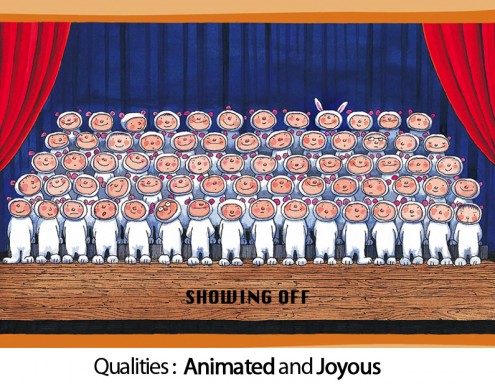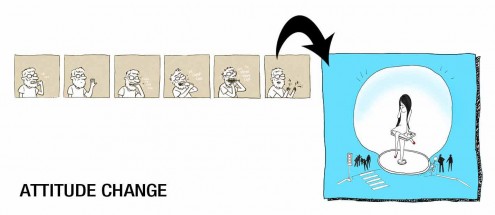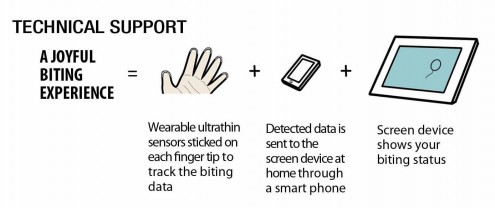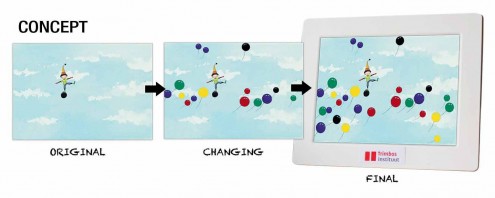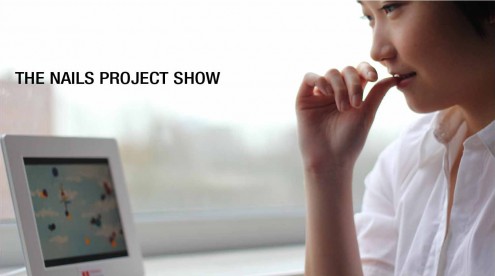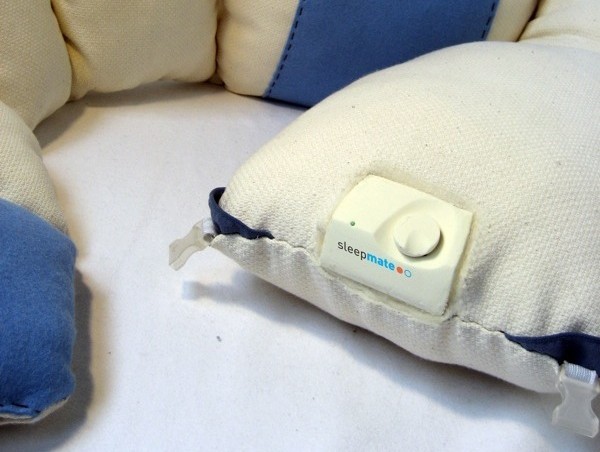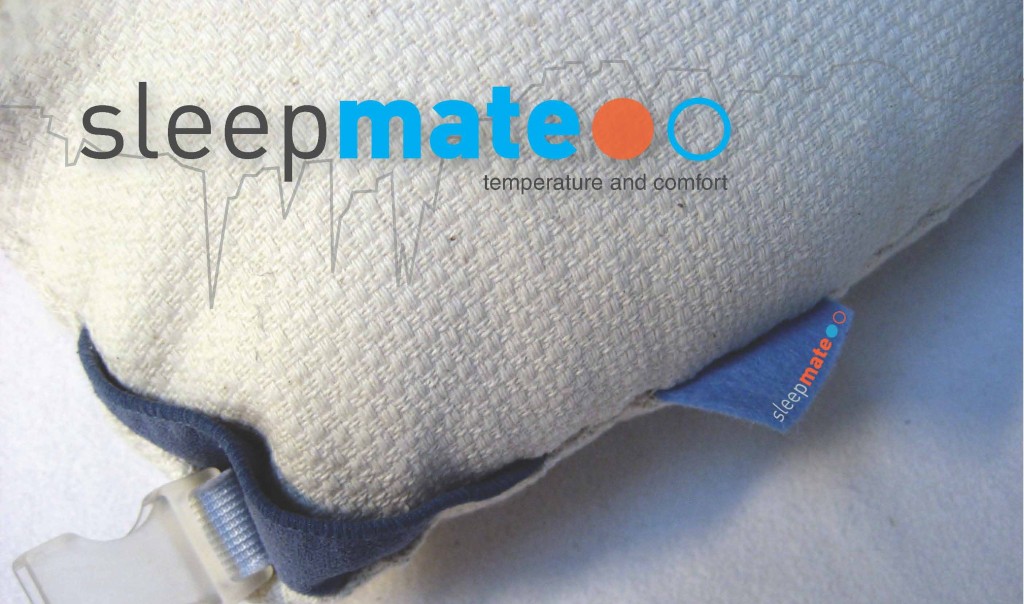By: Chen HAO
Keywords: Digital, Health, Tech, Animated, Joyous.
Final presentation poster: Click here
Design Goal and Interaction vision:
Creating a new way of interaction for chronic nail biters to enhance their biting experience, so that the can cope with their biting behavior. Interaction Vision: Showing off
Research Explorations:
My research exploration can be divided into 3 phases. The first phase was doing observation about the target group, which gave me the first impression of nail biting. The second phase mainly focused on the literature research, which contained theoretical information (e.g. medical definition, how does this behavior come from, etc.) about nail biting and its relevant background (e.g. population, current treatments, etc.).
The information I collected from these 2 phases were mainly about the medical point of view, which made me believe that nail biting was a negative and self-mutilation behavior that needed to be prevented. However, my insights were changed after doing a series of face-to-face interviews, collage making and staying close with nail biters in the third phase.
I found that nail biting was not as negative as the doctor said; it was actually a kind of comfort that provides nail biters lots of supports. Therefore, how to enhance the biting experience was defined as my final direction.
Design Explorations:
Since my design goal was refined and clear after the research phase. I came up with several initial concepts and chose best 3 of them for the further exploration. The brief instruction and corresponding test are introduced below.
Concept 1: Let nail biters create personal rhythms and music while they are biting. Tested with a role-play video.
Concept 2: Just like playing a game with your nails, ‘a nail factory’ provides some small monster and scissors patterns on the nails, which kindly reminds the biter that he/she should bite by obeying some rules. Tested with a scenario and a rough prototype.
Concept 3: Nail biters can create personal paintings while they are biting. Tested with a detailed storyboard.
Most of the participants love these concepts and they were really appreciate that my concepts are in such a positive way. However, they wish the final concept could be personal and unobtrusive.
Final Design:
My final design was based on the Concept 3, which is a digital frame can record biter’s biting status everyday through an unobtrusive interaction. The original content of the frame is an animated image with a little boy standing on a balloon in the sky. Biter can choose different color balloons to represents each of their nails.
During the day, more and more balloons would popup and grow on the relative position in the image in accordance with the time biter bites the nails. Each balloon on the image indicates the time and frequency of certain nail that was being bitten during the day. A time line can help the biter to interpret their one-day biting status when needed.

